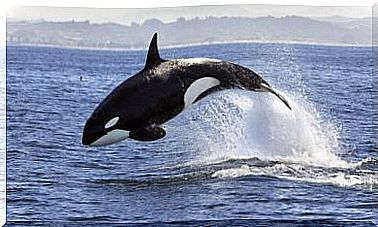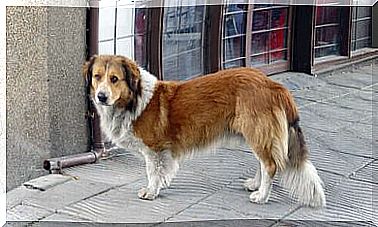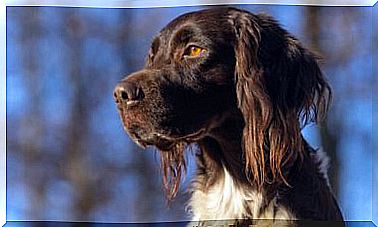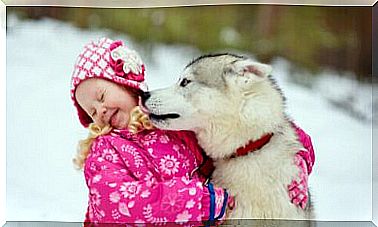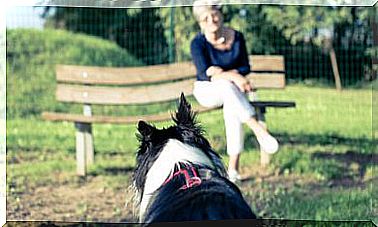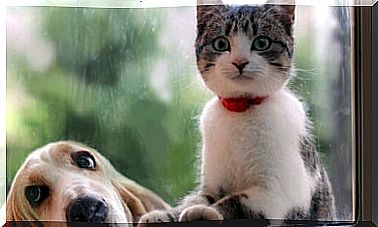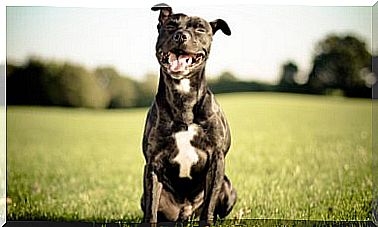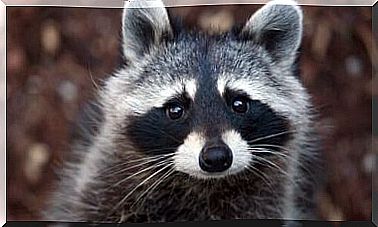Harrier, A Historical Hunting Dog
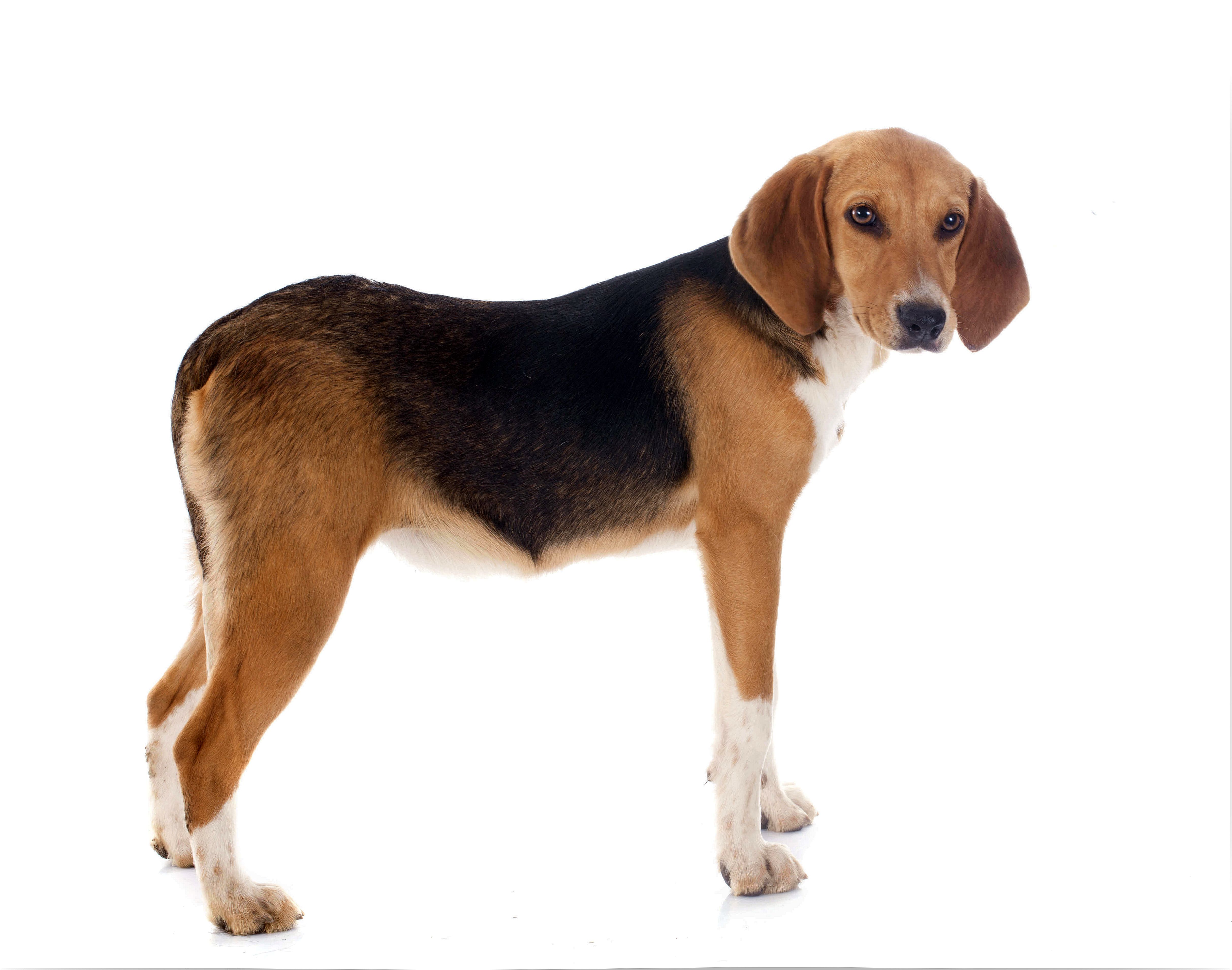
This dog of English origin, very similar to the better known Beagle, is the perfect companion for both professional hunters and families with children. We have presented the Harrier as a historical dog, since the first documents that speak of this breed date back to the 13th century. Thanks to this it is possible to better understand what hunting was like in ancient times.
History and origins of the Harrier
Even the great expert on English dog breeds, John Henry Walsh, who loved to write his articles under the pseudonym Stonehenge , repeatedly confessed his doubts about the exact origin of this breed. The Harrier, several times, has been compared to the Foxhound, another type of fox hunting dog, very similar indeed.
The most accepted theory links this animal to a dog breed that developed in southern Britain until the 19th century. The earliest documents mentioning the Harrier, however, date back to the year 1260.
In the British Isles, hunting – especially fox hunting – was a very popular sport among the nobles. The fact that the Harrier could chase its prey on the ground, preceding the horsemen, made it essential for this recreational activity. Here is the reason that has allowed this variety of follow-up dog to survive to this day.
Characteristics and morphology of the Harrier
Classified in group 6 of the Fédération cynologique internationale ( FCI ), it therefore belongs to the hound type dogs, being an animal with a light but strong structure. Compared to the Foxhound, from an aesthetic point of view it certainly has a better posture and a less pronounced musculature.
As for size, an adult Harrier can be 48 to 55cm tall at the withers, while females are slightly smaller. His back features a slight arch and his chest is deeper than long.

The tail is of medium size. You must bear in mind that the latest legislative changes now do not allow it to be cut for aesthetic reasons, fortunately. However, hunters still defend this practice, which is relatively popular among hunting dogs.
The Harrier’s coat is smooth, not too short and with a white background on which you can appreciate black and orange spots. Also, the standard accepts the so-called “French variety” which, unusually, features a fur with a black coat right on the upper back.
Exercise and care
Harrier’s life expectancy varies between 12 and 14 years. This breed has a very developed sense of belonging to the pack. This means that he loves socializing with other animals and spending time with all family members. We are talking about a dog that is as intelligent as it is stubborn, so it is essential to train him from a puppy on a constant basis.
At this point, it is important to make yourself aware that the Harrier does not like to be alone for too long. He cannot stand loneliness and may develop destructive behavior. A bit like in the case of a greyhound who is denied the right amount of exercise.
As for brushing, it is advisable to do it regularly to minimize the appearance of parasites and other skin diseases. This practice is also a good way to strengthen the bond that already exists between you and your four-legged friend. It is also important to cut his nails frequently.
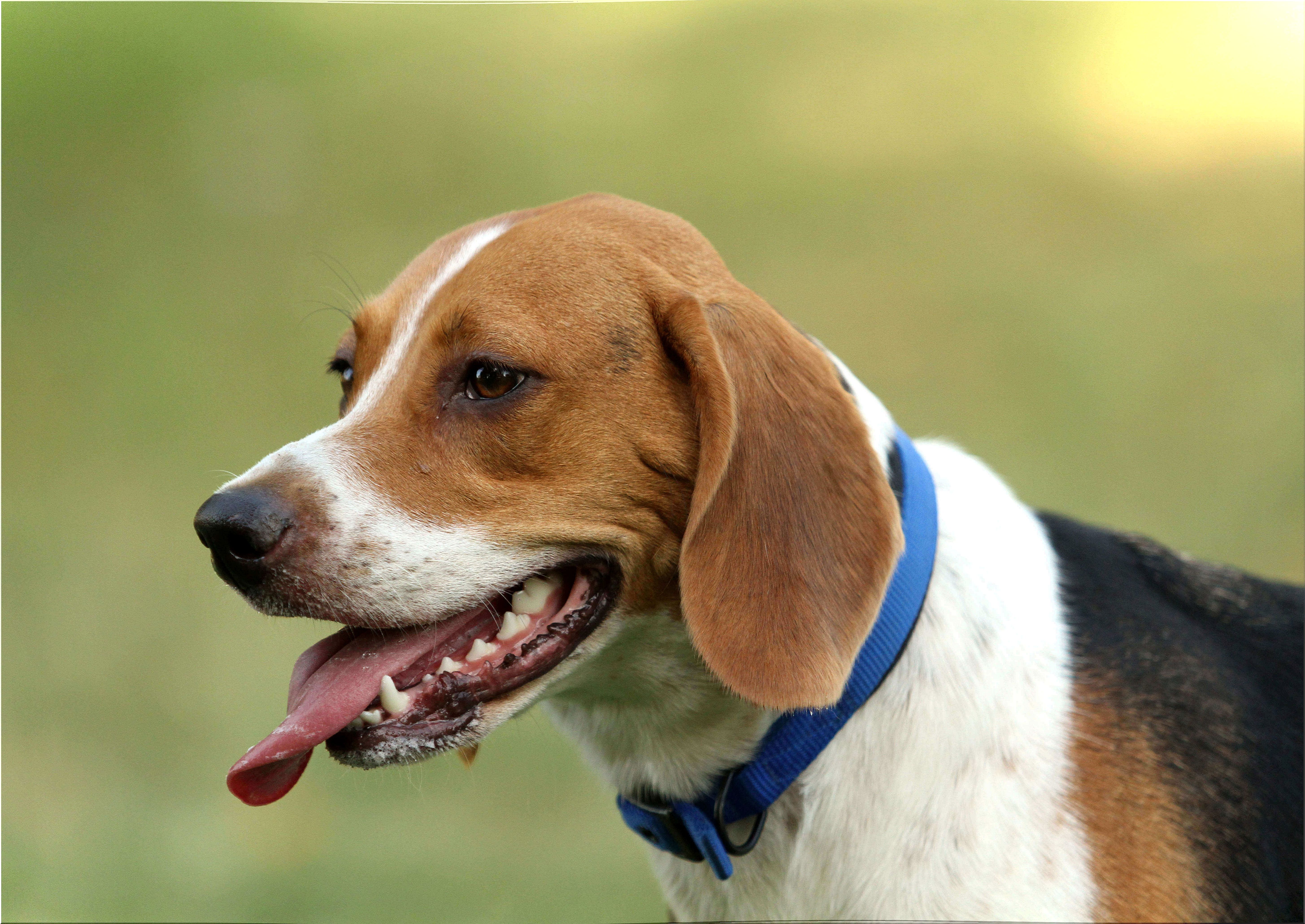
Being a hunting dog, he will need at least one hour of intense exercise per day. This breed is intelligent, fun, and most importantly, very expressive. Harriers tend to bark more than other dogs because they love to communicate loud and clear.
Health and training
As with many other dog breeds, there are some diseases that the Harrier is more vulnerable to than other species. In particular we are talking about hip dysplasia and other disorders that can affect vision. However, it is not certain that these diseases always take root, since, in general, these animals tend to have few health problems during their long life.
If you want to adopt a Harrier, it is important to remember a few guidelines that are always crucial in training hunting dogs:
- Early Socialization : It will help your dog to be more obedient and to react positively when interacting with other animals or people.
- Positive reinforcement : In order to learn quickly and consistently, encourage positive behaviors using rewards, without ever using violence or intimidation.
- Consistent Rules : This dog can be quite stubborn, so setting boundaries is important to bolster your authority.
